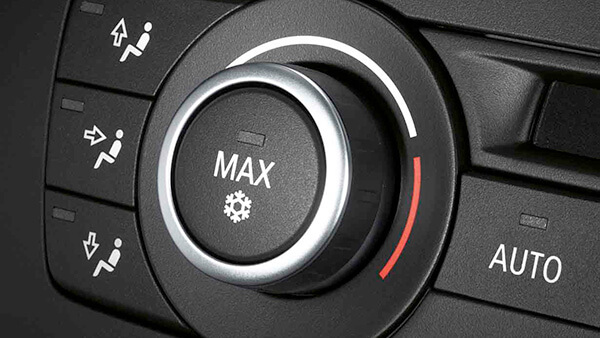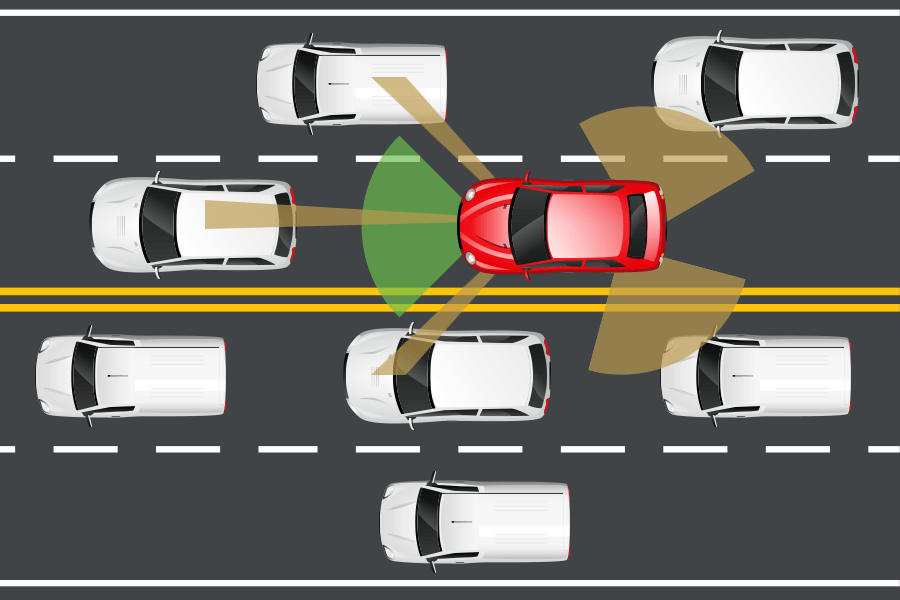On average, in the United States, there are experienced about 6 million road accidents each year. The chilling road accident statistics also show that about 3 million people are injured in such accidents, with over 2 million of them experiencing permanent injuries each year. In overall, road accidents account for the 3rd leading cause of death in the US.
According to expert analysis, most of these fatal road accidents we experience in our roads are preventable and are largely caused by human error and failure to be keen while on the road. Bert Louthian of the Louthian Law Firm says that driving a car too fast or driving when distracted are among the leading causes of car accidents. Whereas some accidents can occur as a result of inevitable factors and causes, other road accidents are caused by a combination of unfortunate events that all play towards making road travel unsafe.
Here is an overview of some of the major causes of road accidents.
1. Distracted driving
When driving both large and small vehicles, attention on the road is crucial. Experts approximate that the visual, audio and mental awareness are all crucial towards making a driver well aware of the surroundings. Unfortunately, some factors can make a driver’s attention on the road so distracted that they cannot make crucial and rational decisions to avoid accidents. One of the major forms of distracted driving experienced in our roads today is the use of tech gadgets while driving.
Smartphones are particularly notorious in tempting drivers to take their eyes off the road and hands off the wheel. It is approximated that 2 seconds of withdrawing eyes from the road can amount to distracted driving as that is sufficient time for the road conditions to have completely changed. Talking on the phone while driving, or even worse off, texting while driving has been attributed to a large percentage of most accidents caused by distracted driving. Other forms of distractions that can occur include driving while eating or conversing with other passengers in a way that deprives the driver of the critical attention necessary for safe driving.
2. Over-speeding
Our roads are marked with certain speed limits that are determined based on a number of factors, including the average traffic experienced within the road the general topography of the area, and the general weather conditions. The temptation to push the vehicle speeds beyond a certain indicated speed limit is particularly high, especially among impatient drivers. The main problem with over-speeding is that such a driver lacks sufficient time to make crucial decisions such as hitting the brakes where the need arises. Going beyond the speed limit indicated increases the chances of causing the vehicle to skid out of control, thus hitting other motorists and pedestrians.
3. Weather conditions
The weather is a huge factor when it comes to causing road accidents, especially in adverse conditions that make the roads unsafe to drive on. In most cases, weather conditions, such as rainy and snowy, make the road exceedingly slippery, thereby causing the vehicle to lose the highly needed frictional force to maintain traction. Chances are that under such adverse weather conditions, the vehicle will skid out of control and cause accidents.
Other weather conditions, such as excessive fog and heavy rains, significantly reduce visibility on the roads. Whereas it is possible to drive safely under poor weather conditions, a slight miscalculation and over speeding can cause tragic road accidents.
4. Drunk driving
Driving under the influence of alcohol beyond a certain limit of blood alcohol concentration deprives drivers the ability to maintain awareness while on the road. Drunk driving has been established by the authorities to particularly occur during holidays and weekends when more people consume alcohol. In the US, the maximum limit of blood alcohol concentration for drivers stands at 0.08 g/dL. Beyond that, a driver is considered drunk and incapable of safe driving. Driving under the influence of alcohol has the highest chance of causing major and minor road accidents as such drivers lack the sensory and mental awareness that is highly necessary on the road.
5. Reckless driving
Driving recklessly implies situations where drivers tend to flout road and traffic regulations. Some of the common instances of reckless driving include aggressive and impatient driving, road rage, tailgating, failure to observe traffic lights, ignorance to road signs, and lack of caution and awareness when changing lanes. Reckless driving is particularly evidenced in combination with other causes of road accidents, such as driving under the influence of alcohol, uncertified drivers, and drivers who lack experience.
6. Design-defects
Whereas rare, the design of vehicles, as well as roads, can contribute heavily to road accidents. The design of some vehicles, even those straight from the factory, can have some major flaws which can impact the ability of drivers to safely maneuver them on the road. Some of the most common design flaws include the electronic control modules of cars, especially those that control braking, steering, and engine power. In the past, some common vehicle manufacturers have had to recall some units from the market after accident investigations revealed that their vehicles had major design flaws.
In addition, failure to maintain and appropriately service vehicles according to the recommended schedule can have a major impact on vehicles’ ability to be driven safely. Also, the design and construction of roads can contribute to road accidents, especially in cases where road contractors and engineers fail to install the proper road signage. Failure to consider the topography of the road and install the right features such as guardrails is also a factor that can culminate to road accidents by untrained and distracted drivers.
Even as road accidents continue to affect us today, it is important to remember that these accidents are, to a large extent, avoidable. Of all the causes of road accidents pointed above, almost all of them are associated with human error and lack of caution and due diligence when driving. With road safety being a personal initiative, being cautious when driving is the first step towards achieving road safety.





